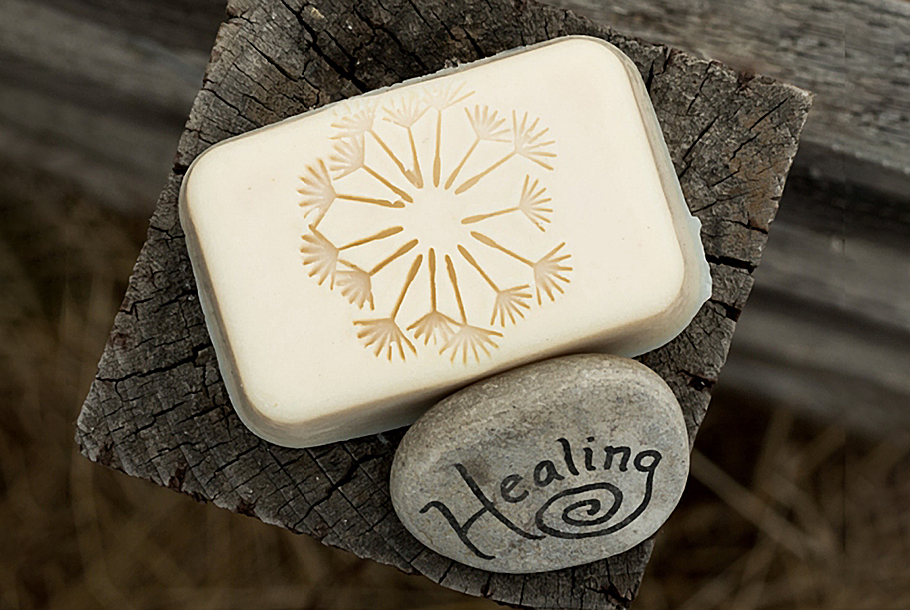
Wild Oat Hollow and the Penngrove Grazing Cooperative
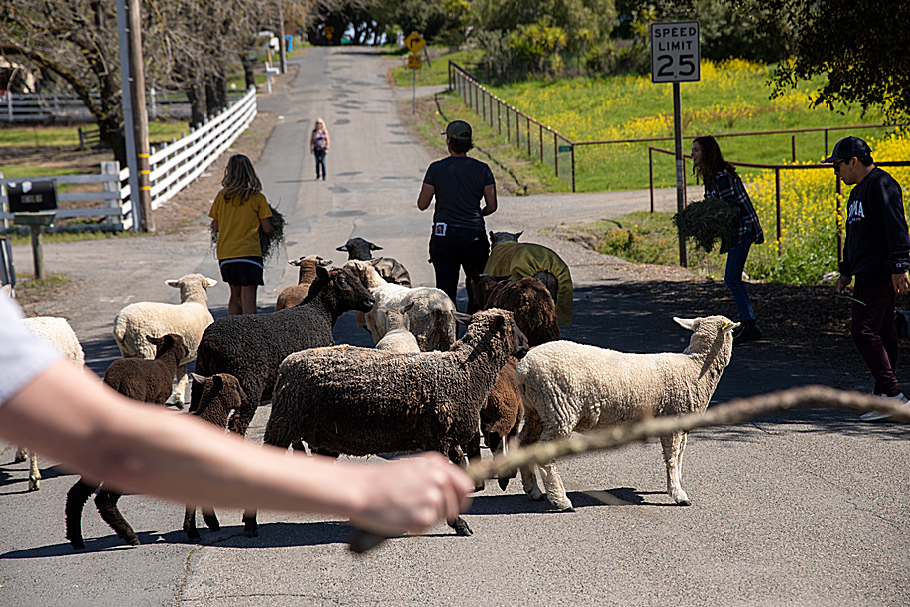
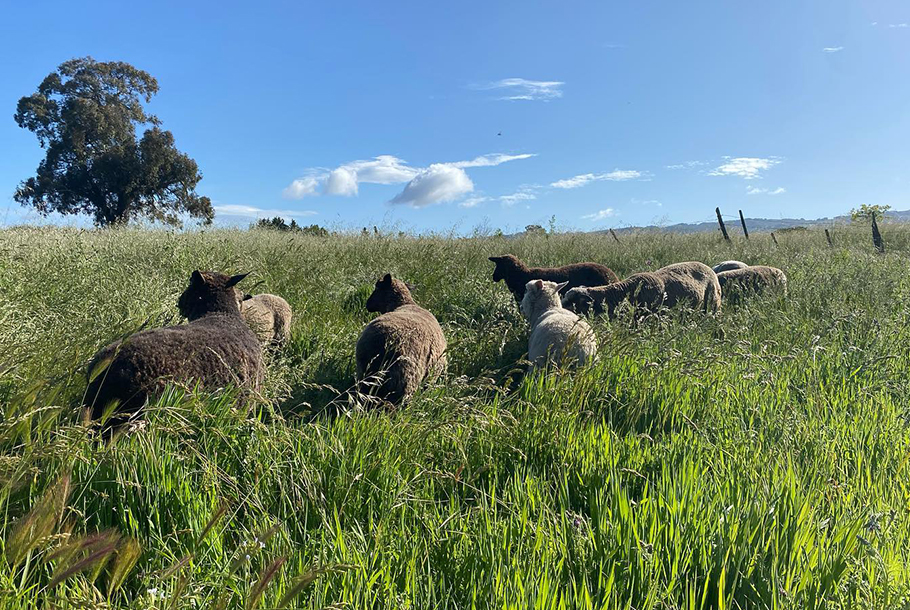
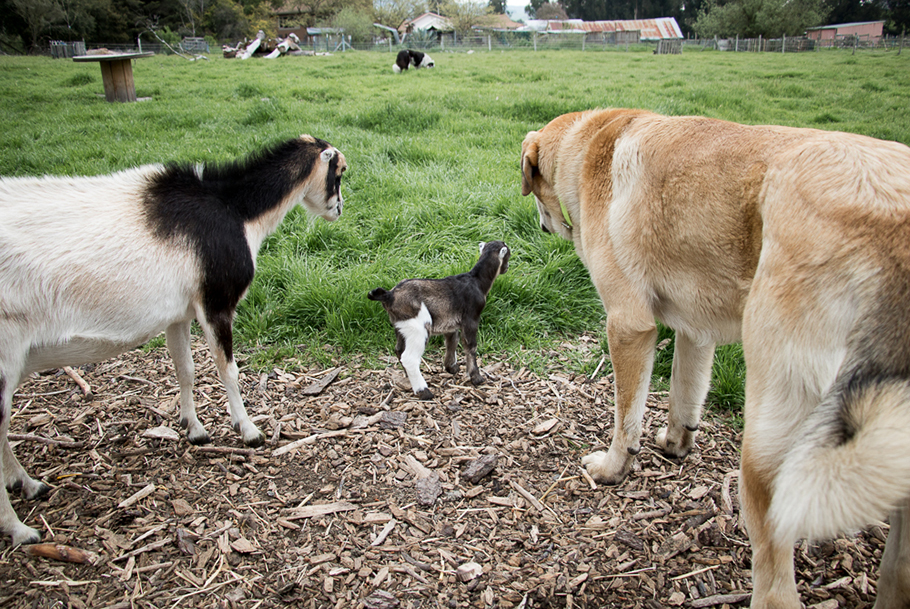
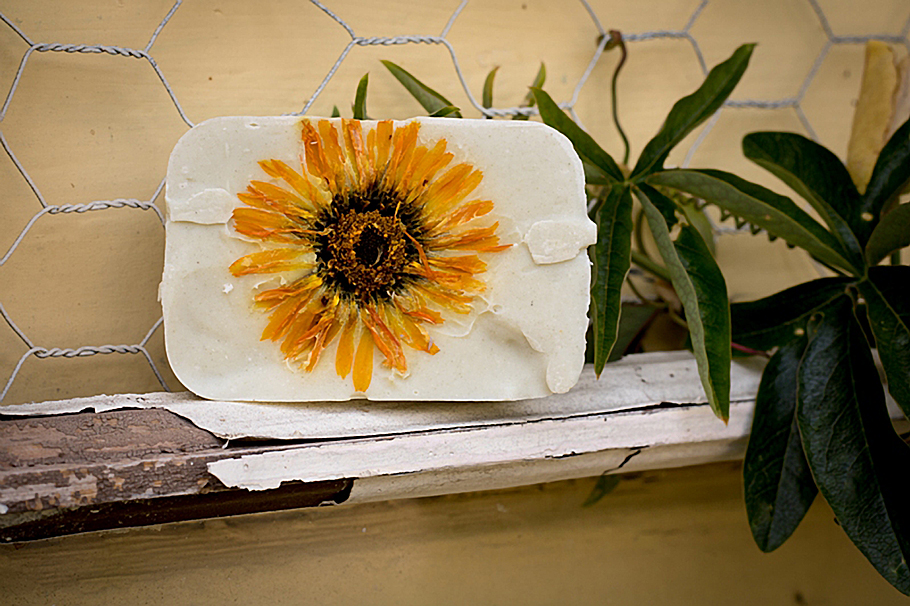

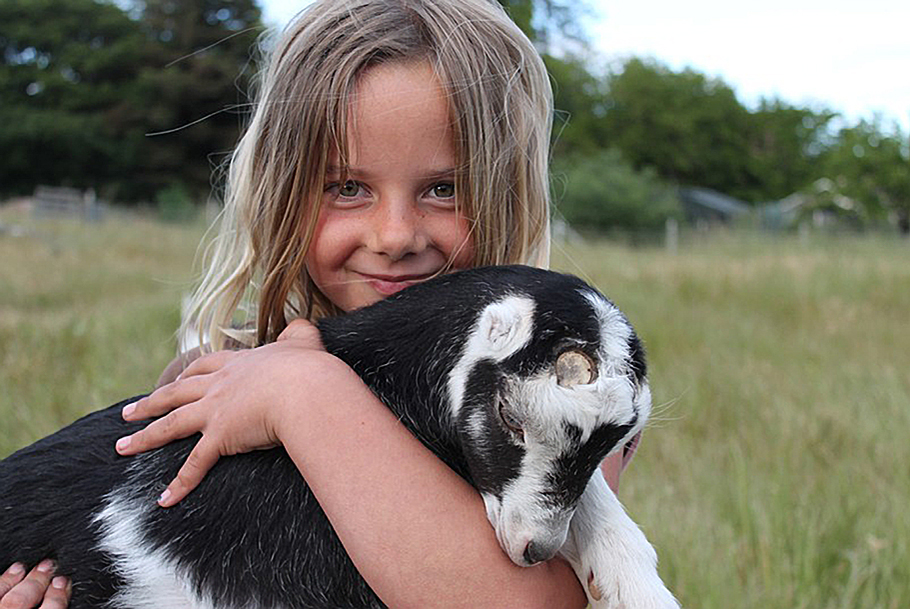
“Okay, we're moving sheep! Everybody come out!” If you live in Sarah Keiser’s neighborhood in Penngrove, CA you might get a text message like that on a regular basis. Then you might join your neighbors in blocking the busy road and helping to keep the sheep safe while Sarah waves a flake of alfalfa and leads an animal parade to the property to be grazed that day. People relax as they sit with the sheep and pet them after a hard day at work. Elderly people are relieved that they have help to maintain land they can’t keep up with anymore. And a deep evolution and sense of community have grown as people chat with each other while the sheep walk down the road, moving from place to place.
Sarah says the concept started with a simple conversation with her neighbors. “They had grass, I had sheep. I would love to have more sheep because I was getting into breeding and I loved good fiber. I loved the whole system of what the sheep can do for the land. And I love being a shepherd! So we started moving them on the hoof around the neighborhood. And when the neighbors saw this, they started to ask for the sheep to come to them!”
The main appeal of the program (besides the sheep themselves) is land stewardship to keep the community and individual land owners safe from fire. In 2017, Sonoma County experienced massive fires that burned more than 90,000 acres and destroyed nearly 5,000 houses. The grazing sheep help reduce fire fuel loads (opens in new window)that could otherwise turn a manageable grass fire into a catastrophe. The best part is that individuals don’t have to own their own sheep—they share them with their neighbors. And because the animals never stay too long in one place, they actually help improve the health of the grasslands and make the ecosystem more resilient to drought.
“What I find so great about regenerative agriculture with livestock,” Sarah explains, “is that we are mimicking nature. We're recreating a system that worked for millennia, that built topsoil, and had a really good impact. We're reconnecting the animals with the habits that they used to have on our flora. . . With prescribed grazing what you're doing is regenerative because you're moving the animals around. You're doing the management to make sure you replicate how a herd moved across the landscape when you had predation that kept them in tight groups.” The land gets overworked when animals are kept penned in place for long periods of time. But with prescribed grazing the grass has a chance to recover. “They'll eat a lot and when you get them off, it looks kind of beat up, but three weeks later that land looks lush. All that manure and urine and those plants and animals work together as a system.”
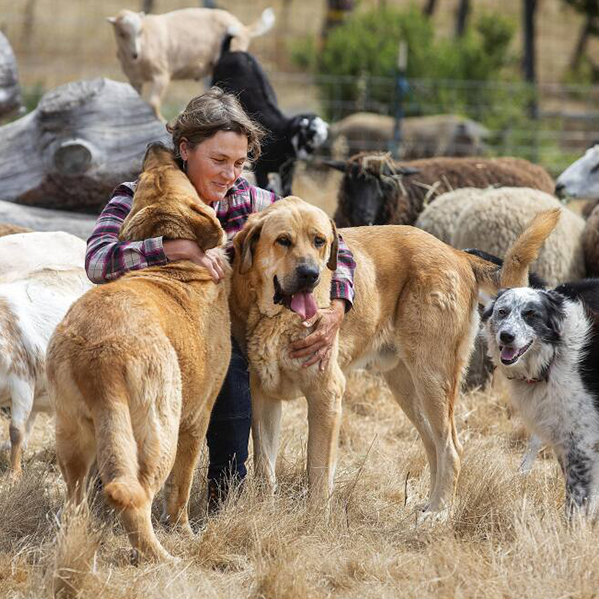 Regenerative Practices and Results at Wild Oat Hollow
Regenerative Practices and Results at Wild Oat Hollow
Sarah started working with regenerative practices on her two acre farm, Wild Oat Hollow(opens in new window), because she wanted to do farming differently than what she saw happen where she grew up.
“I grew up in Iowa. I'm a Midwest transplant and, if you know Iowa, you know it is a system of monoculture—corn and soybeans at this time. But when I left in the early 90s it hadn't gone so extreme. We still had some cows in the fields, we still had a little bit more diversity going on. In the past 20 years though, it's just breathtaking the changes in the system. All of the lakes, that I grew up swimming in, are now dead lakes. You cannot go in them— they're completely poisonous. There's no fish, no life, no humans in a lot in them. In 20 years I’ve watched these water systems die from agricultural runoff.”
Sarah calls this kind of agriculture “extractive.” But with regenerative practices she began to understand that agriculture could be healing and knew that her fellow farmers don’t intend to do harm. “We’ve been taught that farmers don't give a crap about their towns or they don't give a crap about their land. But they deeply do!” She’s been seeing farmers in both the West and Midwest trying to work more cooperatively and going back to more regenerative systems of farming that were common just a few generations ago.
On her own farm, Sarah grows enough vegetables to feed her family but really wanted to add livestock. She started by rotating a couple of sheep, a couple of dairy goats, and chickens around her property. Then she noticed that the grass was staying greener longer in the front acres where there were a lot of trees. So she began to plant more trees and hedgerows and next thing she knew she had created bird habitat! “We have 12 more species of birds that live on these two acres compared to when we first moved in. So, I really just started to engage with taking care of the land with animals and with our own personal care.” Today she also produces a line of climate-beneficial skincare products and fiber goods, and provides consulting services for ecological land stewardship and fire mitigation not only in Penngrove but also for Fibershed(opens in new window), the city of Petaluma, and Sonoma SASS(opens in new window) (Safe Schools Safe Agriculture)
Sarah uses a number of regenerative practices on her farm. “I think one of the key pieces that has been extracted from monoculture systems is the rhythmic movement between livestock and plants growing and blood. If you're processing or harvesting animals on site, all that blood would go back to your plant community. This is how all things feed each other: the sheep eat the plants, the sheep feed the plants. And the sheep manure and the sheep urine. So we have a massive garden and orchard as well and use all of the bedding in the barn to do a deep bedding method over the winter. And then that all comes out and is mulched all over the orchard and the garden. We're constantly amending and building and building and building with no extraction and no tilling so our topsoil has grown a lot.”
Sarah has not tested for soil organic matter but has done some carbon soil samples to see how deep the carbon goes. [No data yet to share.] But even though she thinks that is important, she is far more impressed by the experiential impact both for herself and for the people who take her classes or attend her tours.
“Soil samples are great and I'm in science! It’s critical because we need real hard numbers to demonstrate how this works. I’m absolutely an advocate, and I have many friends who do that really well. But what I always love is to do tours and teach classes. I love the experiential part. On this property—because it was heavy adobe soil with dry California summers—we'd have our earth crack open a good 12 inches wide and 12 feet long because there was no top soil! And the few trees that were planted here looked horrible because there was no organic soil matter, there was no microbial activity, there wasn't the mushroom mycelium passing on this information. So I added manure, I added straw, all their bedding just went to become soil. And now we have absolutely no cracking of any soil anywhere on the property. And all these new fruit trees! I love to talk about the interconnection of their water systems and nutrients systems, because even trees that are kind of spread out will keep a whole system green because of how they communicate, even through our hot dry summers.”
“Also, the California weather systems are changing a little bit. We're getting water less often and when we do get it, it's huge, 12 to 14 inches. Which can be catastrophic! But on my property, because of the increased soil organic matter, the water just goes right into the system. We don't flood. We have this really healthy open system. The soil just opens up even after six months of no rain and takes all that in.”
“So the science is really critical but I'm more about getting people to come experience this.” Her neighbors talk about how the grass is greener where the sheep have been after the first rain comes. “They've sent me pictures and say, ‘oh my God look at the difference!’ Where the sheep were is regenerating beautifully—the diversity is totally different. So they're experiencing the transition—the aesthetic transition of their property—with the sheep and they're beginning to appreciate that as well.”
“Another thing I think that's critical with regenerative agriculture is understanding that we need to not throw away all this waste. We see each piece of production as value. I was watching tens of thousands of pounds of fat get thrown away just in my county—mostly beef and pork—and I would go gather that all up, render it, and use my goat milk to make skincare products from goat milk and local fat. That's completely made from stuff that was going to get thrown away except for the goat milk. Those are from my goats. They were paying to have it thrown away! So this is the broken system that regenerative concepts need to bring us back to so that everything gets used or put back into the land.”

Advice for Young or New Regenerative Farmers
“One of the things we have to remember with regenerative ag, as we should be with anything that we use the word regenerative for, is we have to make sure that what we're doing is sustainable. So don't go buy 50 acres that you can’t afford and think you're going to make a living on it, because it doesn't work that way. Maybe go spend some time volunteering in regenerative ag to start and see what you like.”
“There are a lot of people to work with. There is a lot of physical work or just physical movement involved, but it's great because you feel good! You have sun on your face, you're outside in fresh air, and especially if you're in any sort of working system in which you get to work with people, the day goes better. That's why I do so much of this collaborative work. Everything's easier when we collaborate and we share experiences. It's way easier. You wouldn't have a rough long day if you're having some laughs with somebody! Your day is easier. So, remember that regenerative agriculture really needs to keep the people, the community and the collaboration in it, for it to be sustainable.”
“Farming doesn't have to be an individual, kill yourself to do this work job. That's why a lot of what I’m doing beyond the Community Grazing Collaborative is building collaborative land stewardship projects.”
Large-scale Regeneration Needs to be Collaborative
Collaborative projects also make it more possible for young people without inherited land to get into ranching or farming. Access to land is a big problem especially in areas close to large cities where a population with a great need for a resilient short-chain food system reside.
“That's what I’m trying to change here,” Sarah says. “In Sonoma county we're close enough to the Bay area that we're having a cultural land attrition because wealthy people are buying up the large properties. 60 acres! Because they’re the only people that can afford those properties because they're all $3 million. And then we have a big new house on top of the hill, and no agriculture being done on that land and no stewardship being done. And it's ripe for fire because there is no vegetation management being done.”
Sarah explained that historically it is far more common for a landowner to extract every bit of value from their land by getting other people to pay them to farm or ranch or do anything on the land they own. But now, because of the enormous danger posed by wildfires in California, “that doesn't work anymore, because that landowner needs to be able to steward that land and they don't have the capacity to do it.”
Within a cooperative model, the ranchers are providing a service for the landowner so the grazers don’t have to pay anything to the landowner—it’s an exchange. And there are many other ways for these exchanges to occur. For example, ranchers can provide grazing services for farmers who grow vegetables or have orchards or farmers who don’t have their own land could provide crop production services for ranchers.
Sarah’s advice is “always do it, but just make a sustainable measurement or goal. Maybe not living on your own farm but starting out with the idea of tending land. Change the way you’re doing things to “tending the land.” Be creative. See the gaps. Find the fat that's being thrown away and make it into something beautiful, a product that can sell really well. Then be good at telling your story! Social media is really good, and regenerative ag. Tell your story.”
Challenges to Overcome
There are always things that don’t go the way you wish so the key is to see these as challenges instead of as dead ends. Sarah currently has predation problems with mountain lions and how to work with people’s reluctance to figure out how to manage for that. It’s impossible to go back completely to how things worked before so many people moved in and fenced off their properties. So there are challenges in how to work holistically with the land and situation that exists today. Belief systems clash and there is often a lack of experience when it comes to collaboration. And, yet, that collaboration is the heart of Sarah’s work.
“I'm asking people to do things differently and to collaborate. It's very scary for them. I'm asking people to go into a place that is uncomfortable so a lot of times the answer is no. So being willing to hear no, being willing to continue to knock on doors and being kind to the people who aren't willing to participate, is really, really critical because everybody's in their different place. I'm working with municipalities now and I work with county entities on land stewardship and need to be willing to go much slower with them.” Sarah explains that with people who are new to these ideas, transition is going to be slower. “So you have to be flexible and see these obstacles as a challenge, not as an end to your project outright.”
“So if it doesn't work, be, like, okay that didn't work. And take a step back. Why didn't that work? What about that didn't work? Maybe I’m going about it the wrong way. So maybe I need to shift the way I move forward. All these obstacles are just trying to teach us something and it keeps us flexible. If you're going to be in agriculture, you've got to be flexible and allow for things to not go well. And instead of getting frustrated or instead of just trying to do the same thing over and over, back up, take a deep breath and say why didn't that go well? What went wrong? And how can I do differently, next time? That's the most important piece.”
Sarah encourages new farmers to join forces with other people doing the work. “I think the most important thing that I would say is if you're new to this, find a mentor, get support, build community first, have people on your side. I have a lot of grazers in my community that are dear friends and we all take care of each other. This work needs people, you need other humans, you need collaboration, you need support, so don't try to do it alone. It is not an individual activity.”
“So find a mentor. Then when you've done it for a while, be a mentor! Support somebody. And be kind to yourself, and remember you need to sleep, you need to take vacations and you need time off. You have to have all those things to be able to do this work and say it’s sustainable.”
Learn more about Wild Oat Hollow and Sarah's work(opens in new window).
